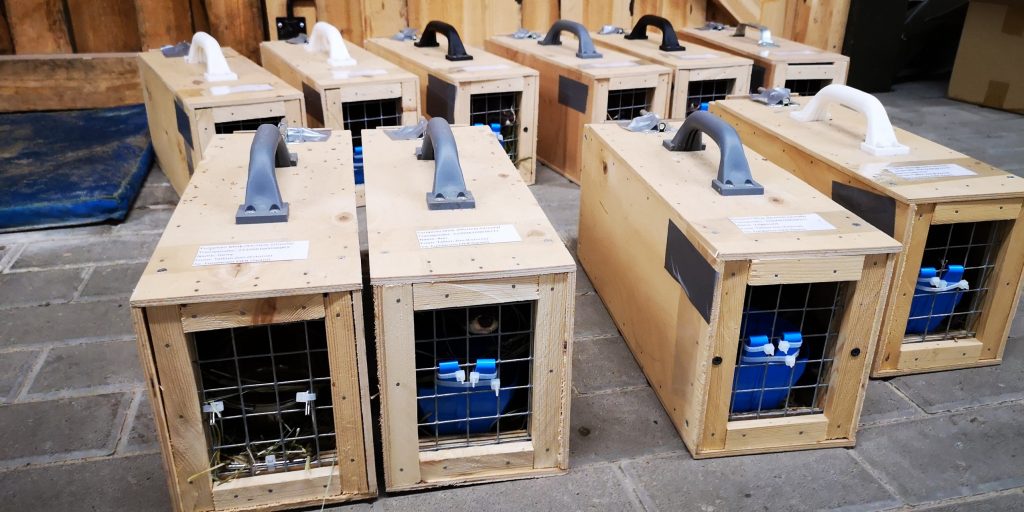The Species Conservation Research Center is engaged in both practical species conservation activities and scientific research.
Reintroduction Biology
Between 2000 and 2016, European minks were reintroduced on Hiiumaa Island from Tallinn Zoo. To understand the status of the mink population on the island, regular research is necessary. Tallinn Zoo collaborates with various universities, researchers, and the Lutreola Foundation in this regard.
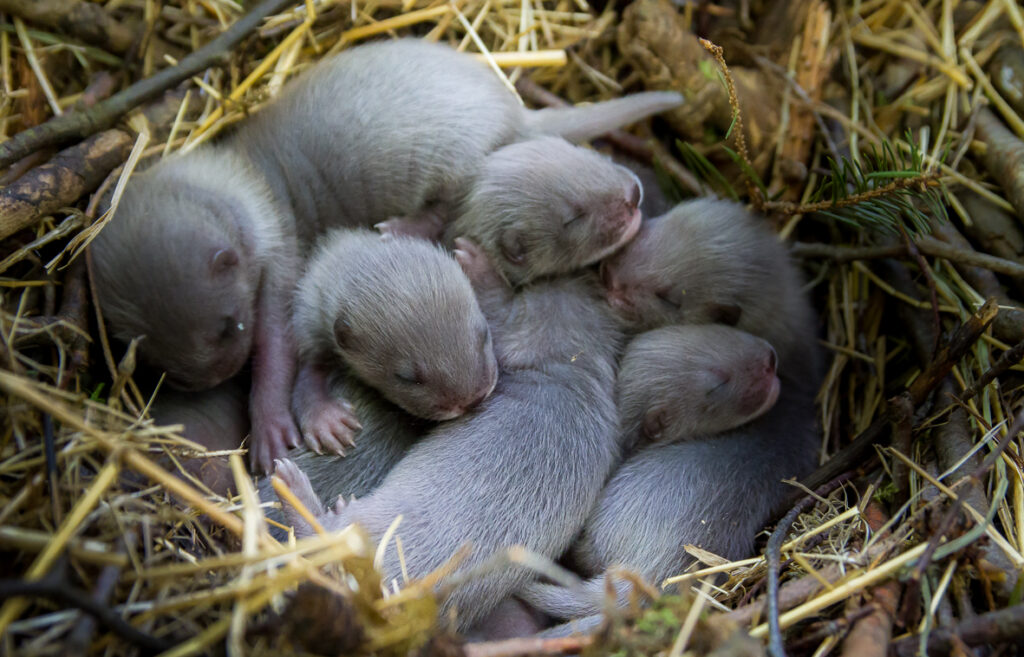
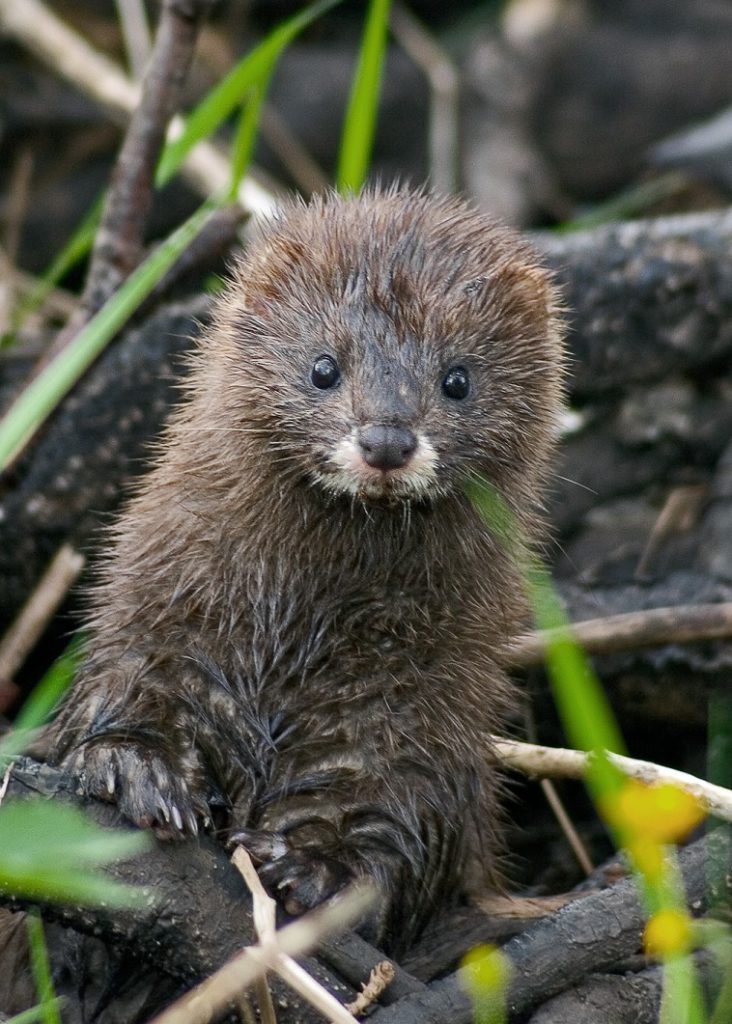
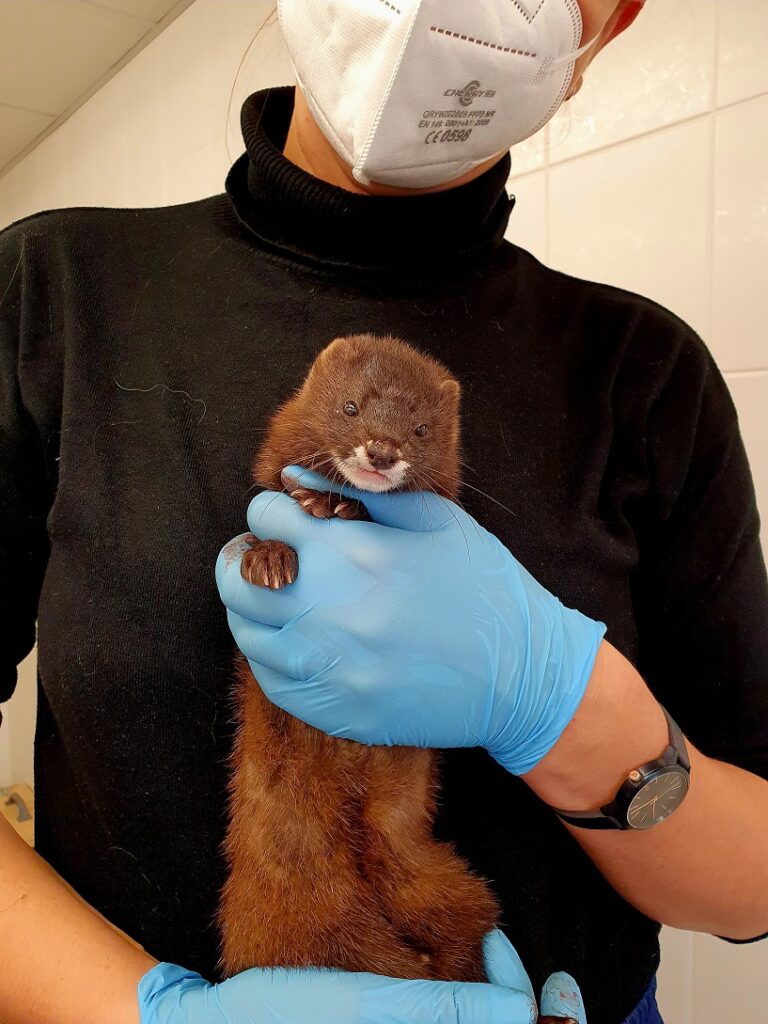
Ex Situ Population Biology and Breeding
Ex situ species conservation involves protecting a species outside its natural environment, in an artificial setting. Tallinn Zoo participates in ex situ programs for around fifty endangered species, with the largest being the European mink breeding program, which is also coordinated from here. To ensure the success of the breeding program, it is essential to identify the factors that affect animals in artificial environments and how these effects can be mitigated. Tallinn Zoo collaborates with various universities and researchers in this endeavour.
Animal Welfare, Including Environmental Enrichment
Enriching the living environment is an important tool in improving and ensuring the welfare of zoo animals, and zookeepers are increasingly involved in this effort. Evaluation of the effectiveness is crucial in enrichment activities, which requires various analyses. Since 2020, zookeepers have been recording data related to environmental enrichment in a digital enrichment protocol. Based on the entered data, analyses are conducted at the Center for Species Conservation Research, summarizing the number of enrichments conducted within a specific period, assessments of the enrichments, and more. Reports are prepared based on the results, outlining the analysis conclusions and recommendations for making environmental enrichment more effective.
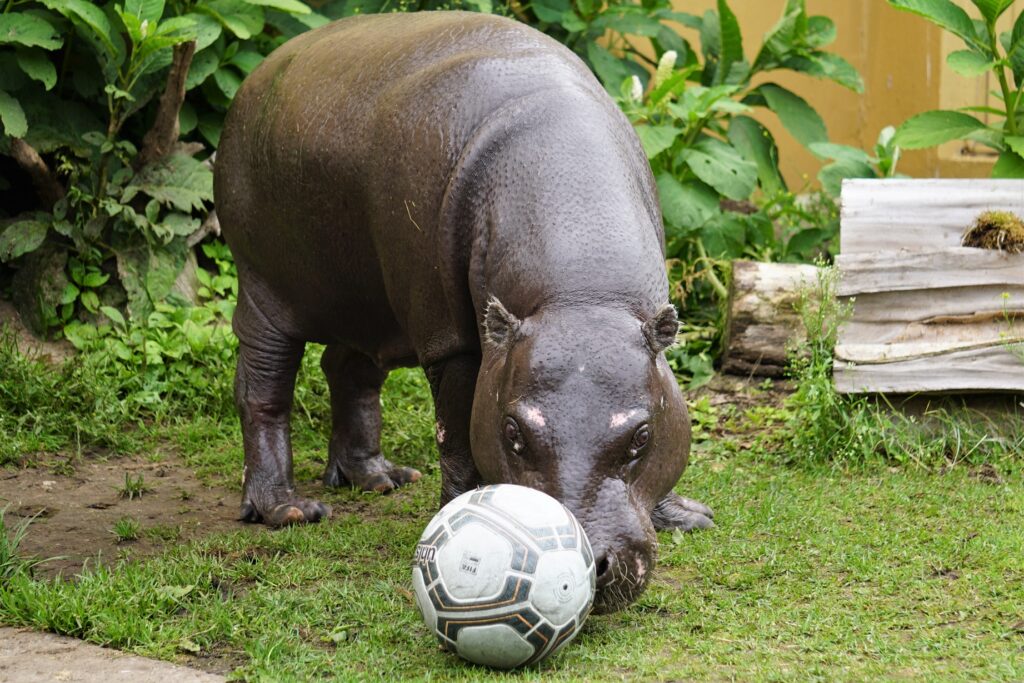
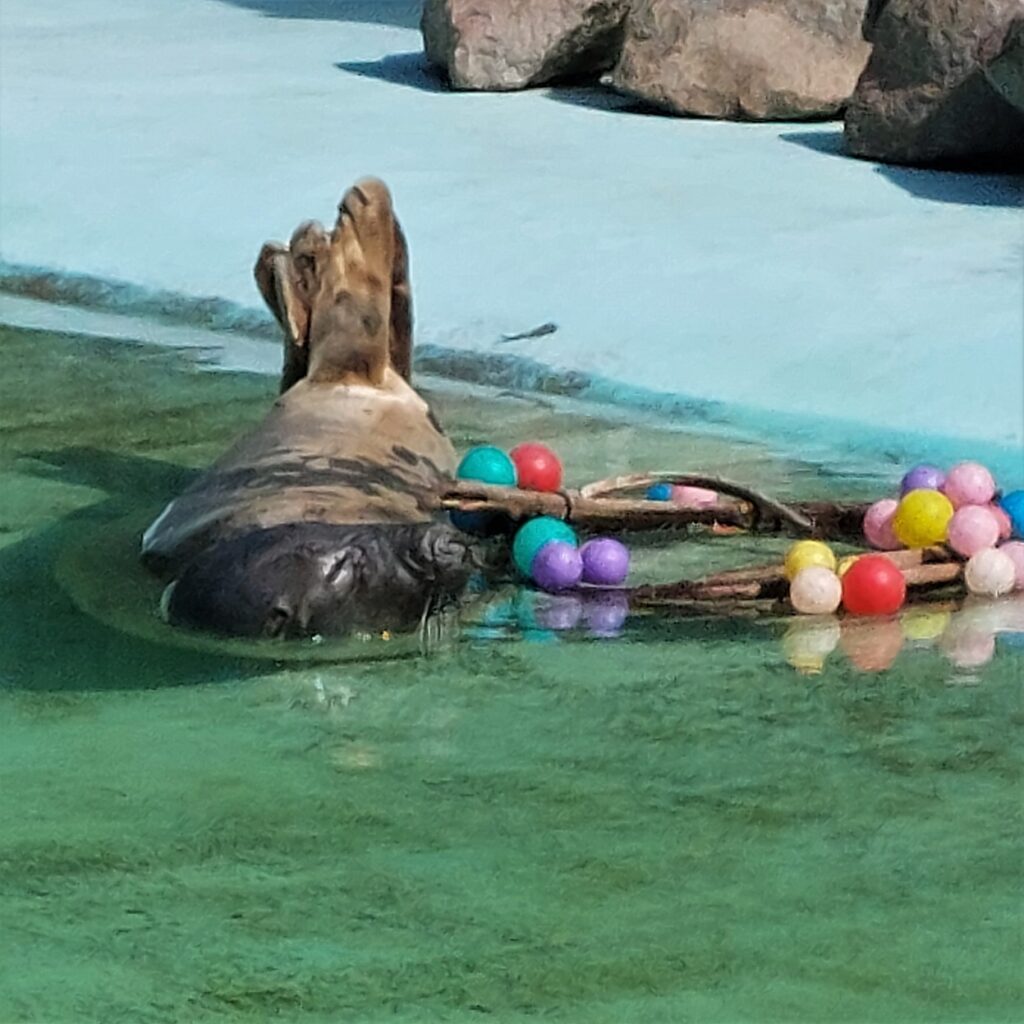
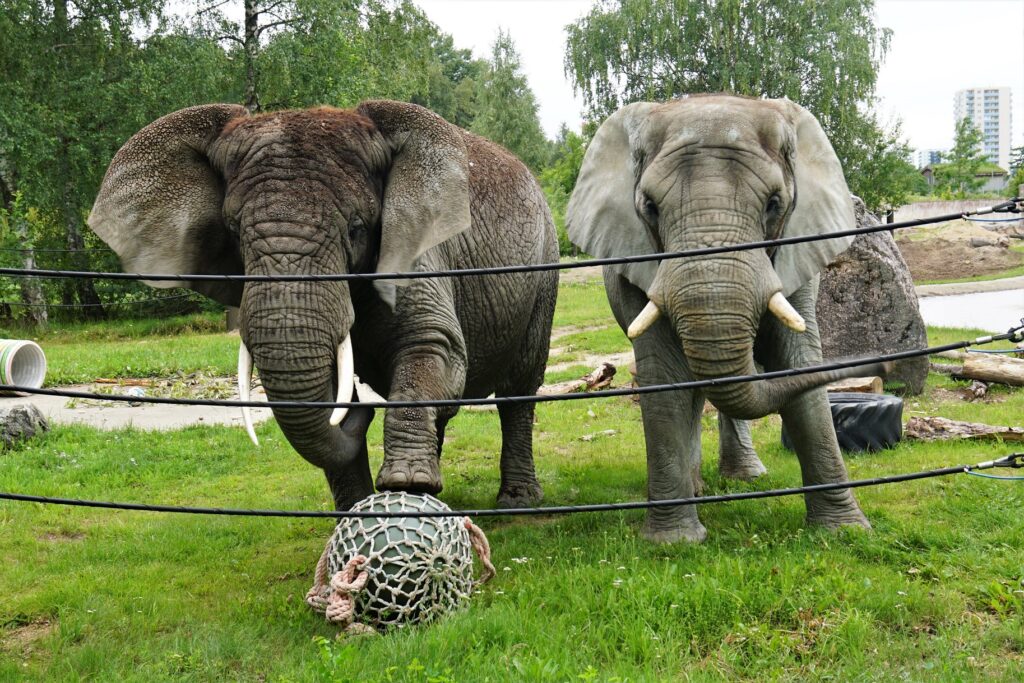
Genetic Studies
The main research directions of the zoo’s DNA laboratory include the population genetics of both zoo animals and Estonian terrestrial fauna. You can read more about it:
The main directions of the laboratory have been population genetic and phylogenetic studies. The goal has been to provide support for conservation activities in Estonia based on the information obtained from genetic research. The primary focus has been on the European mink, but research has also been conducted on the flying squirrel and wood lemming. Additionally, collaborations have been established with government institutions to assist in conducting forensic wildlife investigations.
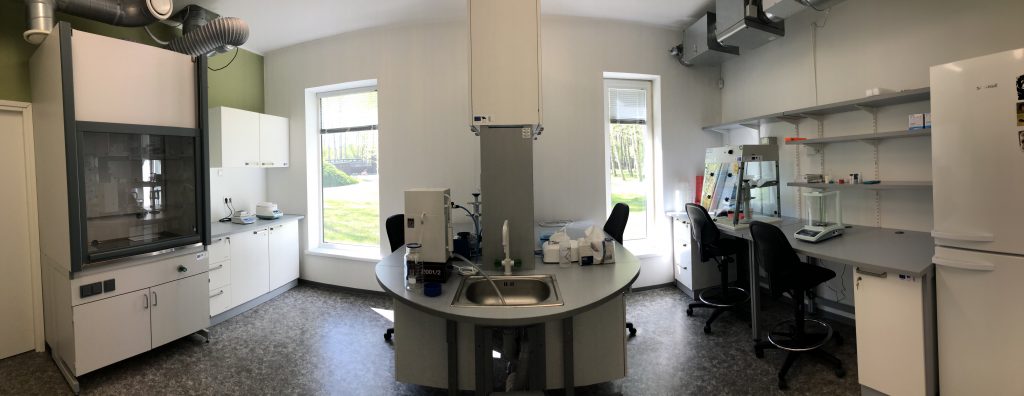
Management and Development of the Biobank
The goal is to preserve information about genetic diversity by collecting and storing biological material from endangered species for possible future research, both in Estonia and abroad. You can read more about it:
Management and Regular Analysis of Data on Zoo Species Composition
Tallinn Zoo uses the Zoological Information Management System (ZIMS) database to manage data on its species composition. In addition to data storage and preservation, it allows real-time sharing with other zoos and processing when needed. Every year, a comprehensive analysis of the zoo’s collection is conducted, identifying changes that occurred during the year (births/deaths, arrivals/departures of animals). During the analysis, the taxonomic and individual distribution of the animal collection is reviewed and compared to previous years.

